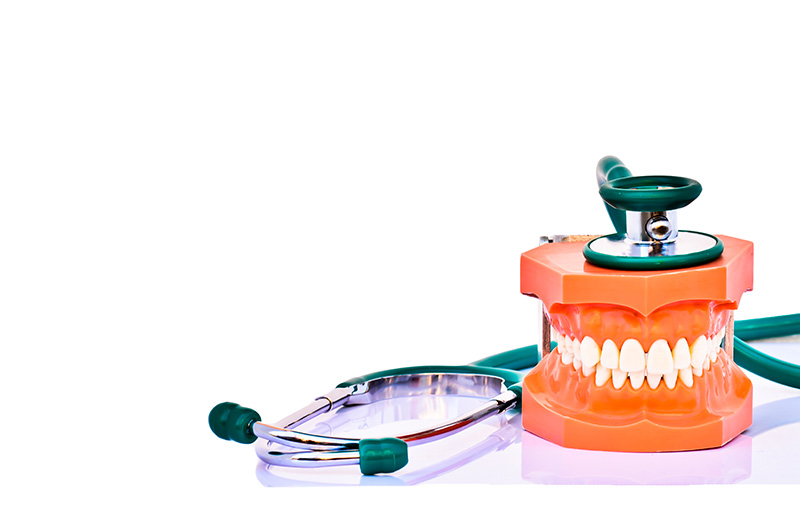What is Fluoride?
Fluoride is a natural mineral that can be found in food and water. It is sometimes added to water when the level isn’t high enough. It can also be found in some over-the-counter toothpastes.
Fluoride helps protect the teeth from sugars and plaque which can lead to tooth decay. It helps strengthen tooth enamel and makes it more resistant.
Types of Fluoride Treatment
There are two types of fluoride treatment. They are topical fluoride and systemic fluoride.
Topical Fluoride Treatment
Topical fluoride treatment is applied directly to the teeth. The different forms it comes in includes varnish, gel, foams, rinses and toothpaste.
Systemic Fluoride Treatment
Systemic fluorides are swallowed and are included in water, certain foods and supplements.
Topical Fluoride Treatment Process
Here is the process of topical fluoride application:
- Tooth will be cleaned.
- Tooth will be dried.
- Varnish or gel will be brushed over the tooth with an applicator.
Fluoride Treatment for Children
There are several options for children’s dental fluoride treatment.
Toothpaste
For children aged 3–7, only a pea-sized amount of fluoride toothpaste is needed. They should be encouraged to spit out the excess toothpaste after brushing. Always check the concentration levels of fluoride in the toothpaste. For children under 3, it should be 1,000 ppm. Anyone over age 3 needs 1,450 ppm.
Supplemental Fluoride
Fluoride supplements are available for children. Consult with your dentist before administering them for the correct dosage.
Fluoride Mouthwash
Fluoride mouthwash should be avoided in children under 6 ye to prevent excess fluoride exposure that can lead to fluorosis. This is a condition caused by excess exposure to fluoride, and it discolors and disfigures the teeth of children.
Fluoride Treatment for Adults
There are many fluoride benefits for teeth. It can be used to treat many dental conditions such as dry mouth, frequent cavities and gum disease.
Dry Mouth
Dry mouth (Xerostomia) can increase your risk of tooth decay and gum disease. Topical fluoride will be needed to help fight these. A lack of saliva may indicate that your mouth is not being cleansed regularly and acids that attack the teeth are not being removed.
A History of Frequent Cavities
A history of frequent cavities can be an indication of a fluoride deficiency. Adding fluoride treatments can help in the prevention of new cavities.
Gum Disease
When the gums are unhealthy and the roots become exposed, it increases the risk of tooth decay occurring. Fluoride mouthwash and toothpaste is highly effective at treating gum disease, as well as maintaining overall mouth health.
Dental Crowns, Bridges or Braces
Crowns, bridges and braces can increase the risk of decay and gum disease because they can make the teeth harder to clean. So, fluoride is important to help protect hard to reach areas.
Post Treatment Care
After receiving a fluoride treatment, it is recommended that you continue with your regular dental check-ups. Your dentist will let you know if you need future fluoride treatments, and it’s important to keep up a regular and thorough oral health practice at home.
Getting Your Fluoride Treatment at West Coast Dental
We can help you fight cavities and keep you smiling with our fluoride treatments.
Team of Board-Certified Specialists
We have highly-qualified, expert dentists available for your treatment needs. Our board-certified specialists are qualified to meet your dental needs.
Same-day Appointments Available
We can accommodate the best time for you when you book an appointment. We also offer same-day appointments for emergency issues.
Most Insurances Accepted
At West Coast Dental, we accept most insurances. Where insurance isn’t available or it isn’t covered by insurance, the cost of fluoride treatment can range between $10-$30.




